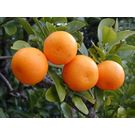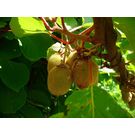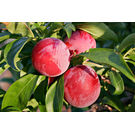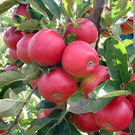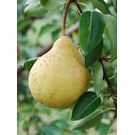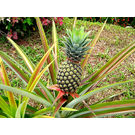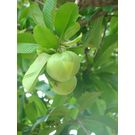Carambola ( Star Fruit) Plant
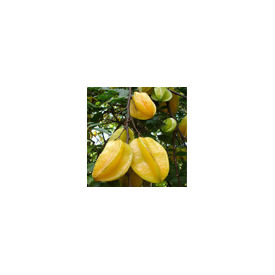
Description
A curious, attractive fruit of the Oxalidaceae, the carambola, Averrhoa carambola L., has traveled sufficiently to have acquired a number of regional names in addition to the popular Spanish appelation which belies its Far Eastern origin.
The carambola is believed to have originated in Ceylon and the Moluccas but it has been cultivated in southeast Asia and Malaysia for many centuries. It is commonly grown in the provinces of Fukien, Kuangtung and Kuangsi in southern China, in Taiwan and India. It is rather popular in the Philippines and Queensland, Australia, and moderately so in some of the South Pacific islands, particularly Tahiti, New Caledonia and Netherlands New Guinea, and in Guam and Hawaii.
The carambola tree is slow-growing, short-trunked with a much-branched, bushy, broad, rounded crown and reaches 20 to 30 ft (6-9 m) in height. Its deciduous leaves, spirally arranged, are alternate, imparipinnate, 6 to 10 in(15-20 cm) long, with 5 to 11 nearly opposite leaflets, ovate or ovate-oblong, 1 1/2 to 3 1/2 in (3.8-9 cm) long; soft, medium-green, and smooth on the upper surface, finely hairy and whitish on the underside. The leaflets are sensitive to light and more or less inclined to fold together at night or when the tree is shaken or abruptly shocked. Small clusters of red-stalked, lilac, purple-streaked, downy flowers, about 1/4 in (6 mm) wide, are borne on the twigs in the axils of the leaves. The showy, oblong, longitudinally 5- to 6-angled fruits, 2 1/2 to 6 in (6.35-15 cm) long and up to 3 1/2 (9 cm) wide, have thin, waxy, orange-yellow skin and juicy, crisp, yellow flesh when fully ripe. Slices cut in cross-section have the form of a star. The fruit has a more or less pronounced oxalic acid odor and the flavor ranges from very sour to mildly sweetish. The so-called "sweet" types rarely contain more than 4% sugar. There may be up to 12 flat, thin, brown seeds 1/4 to 1/2 in (6-12.5 mm) long or none at all.


